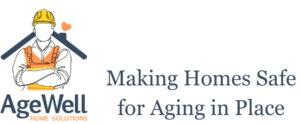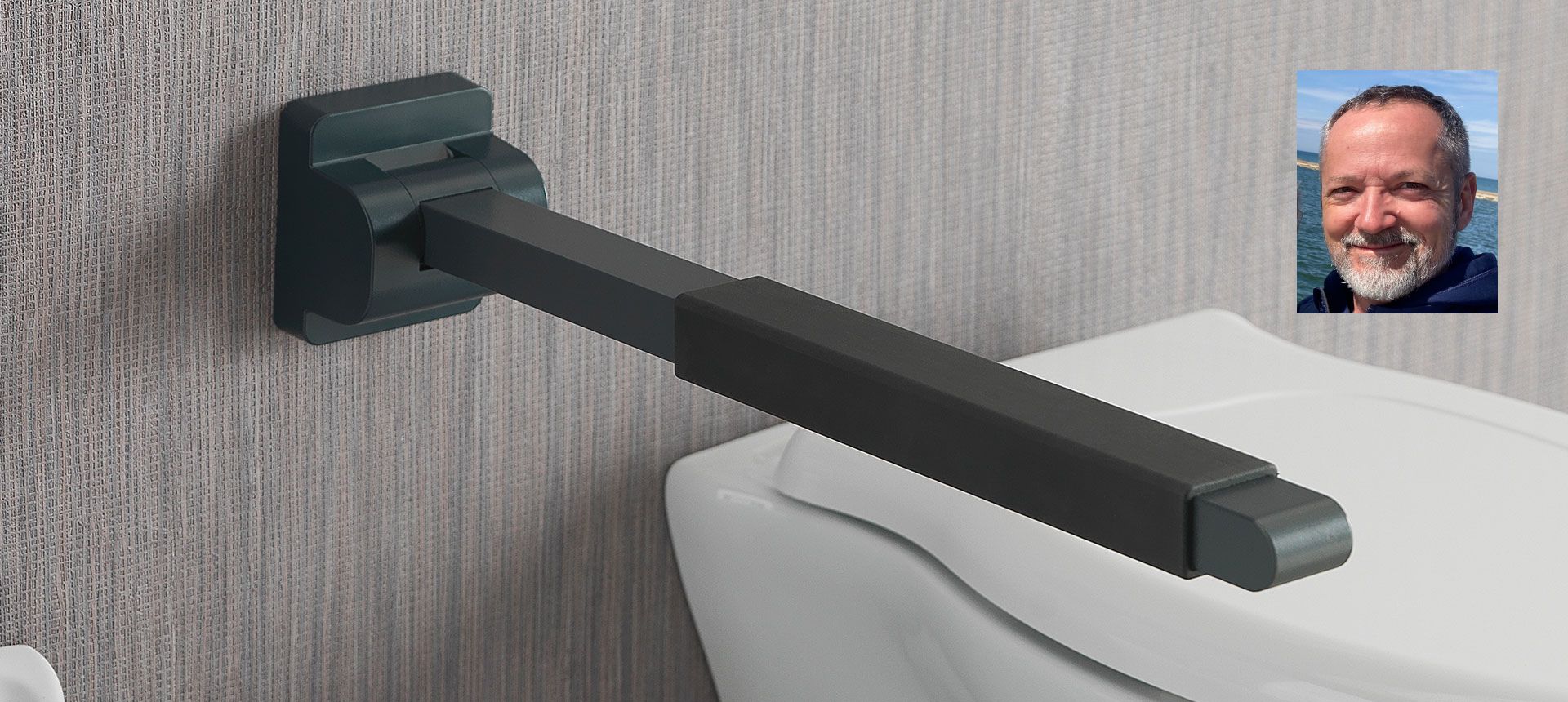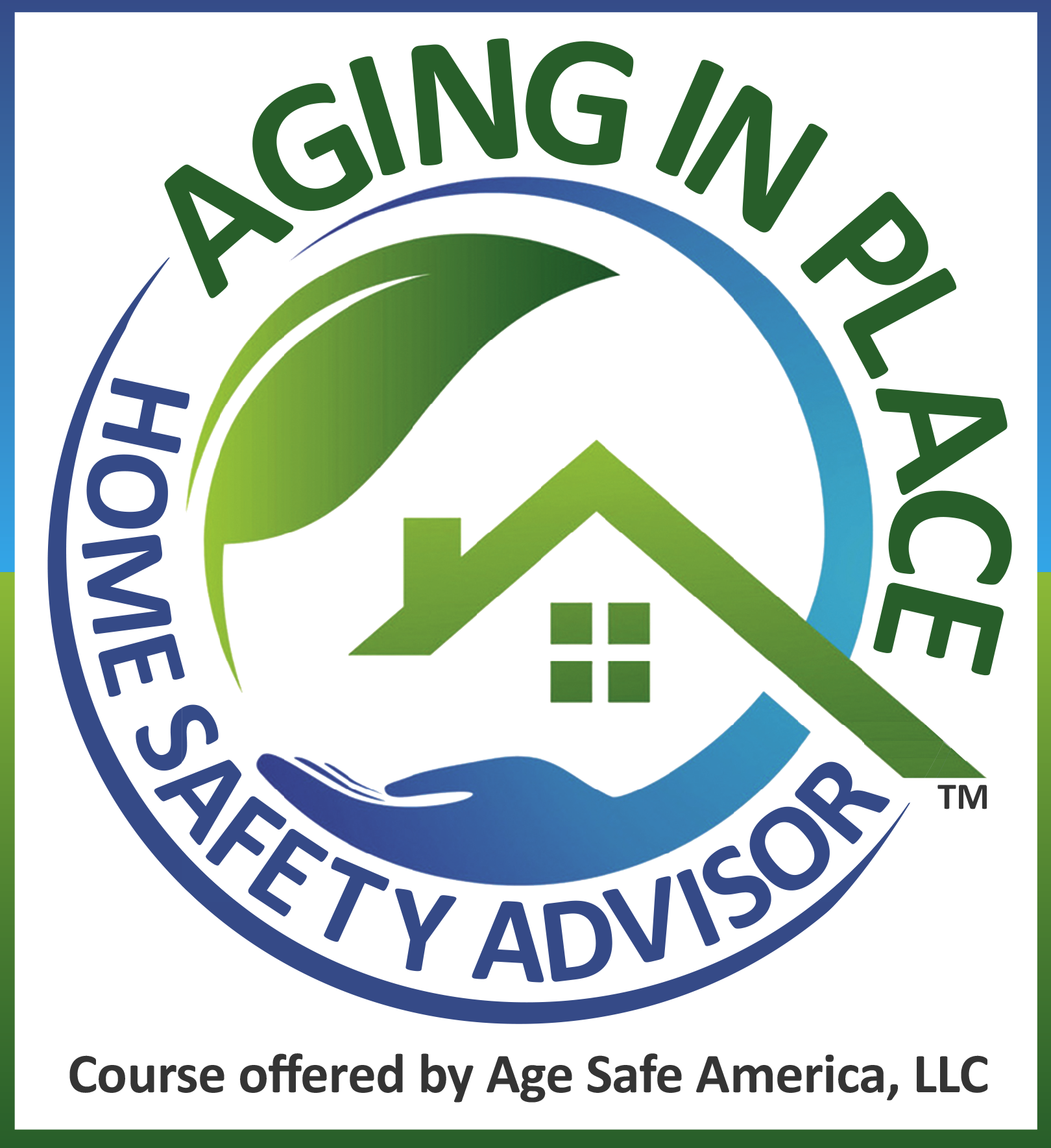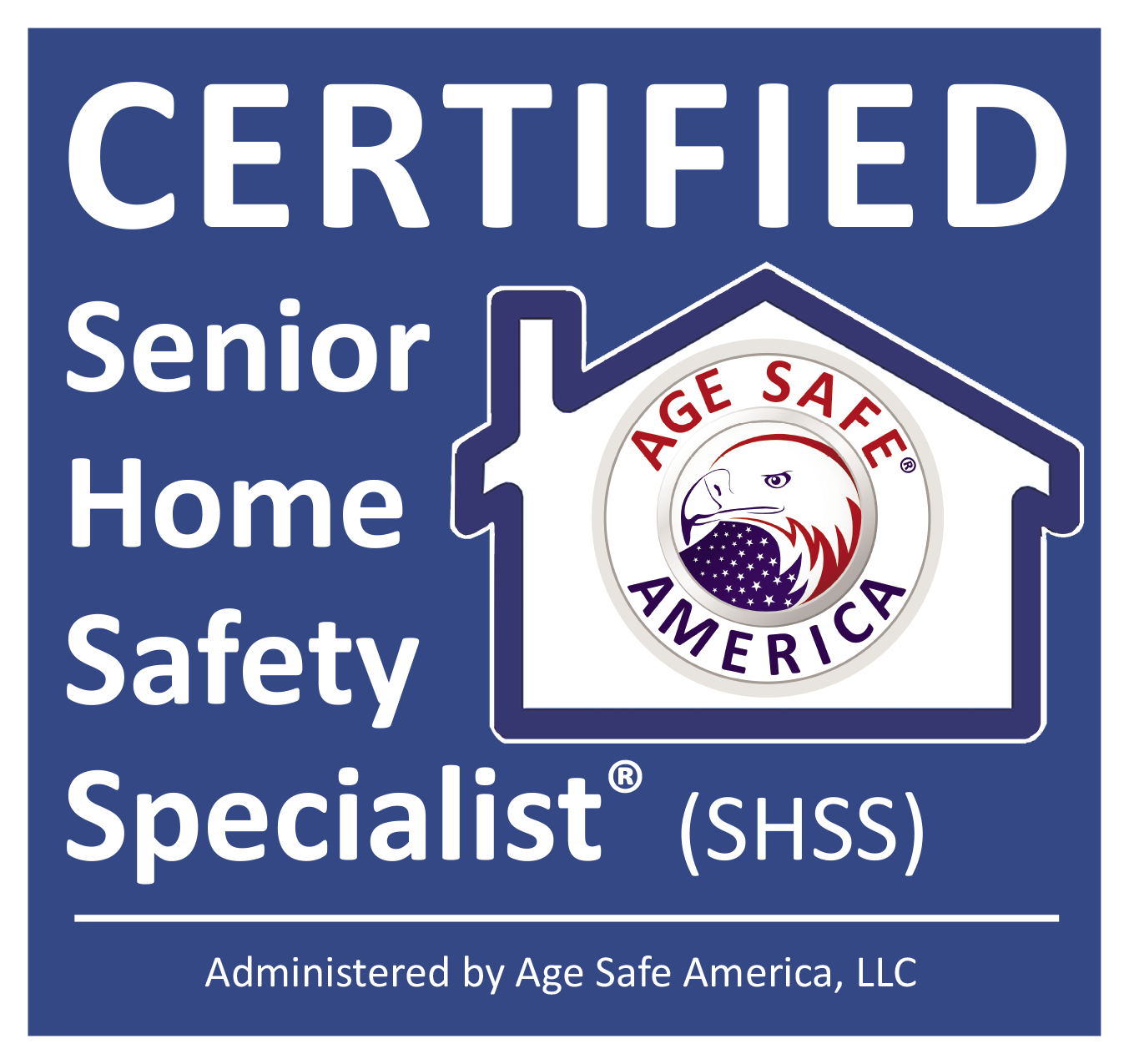by leeashworth61
Share
by leeashworth61
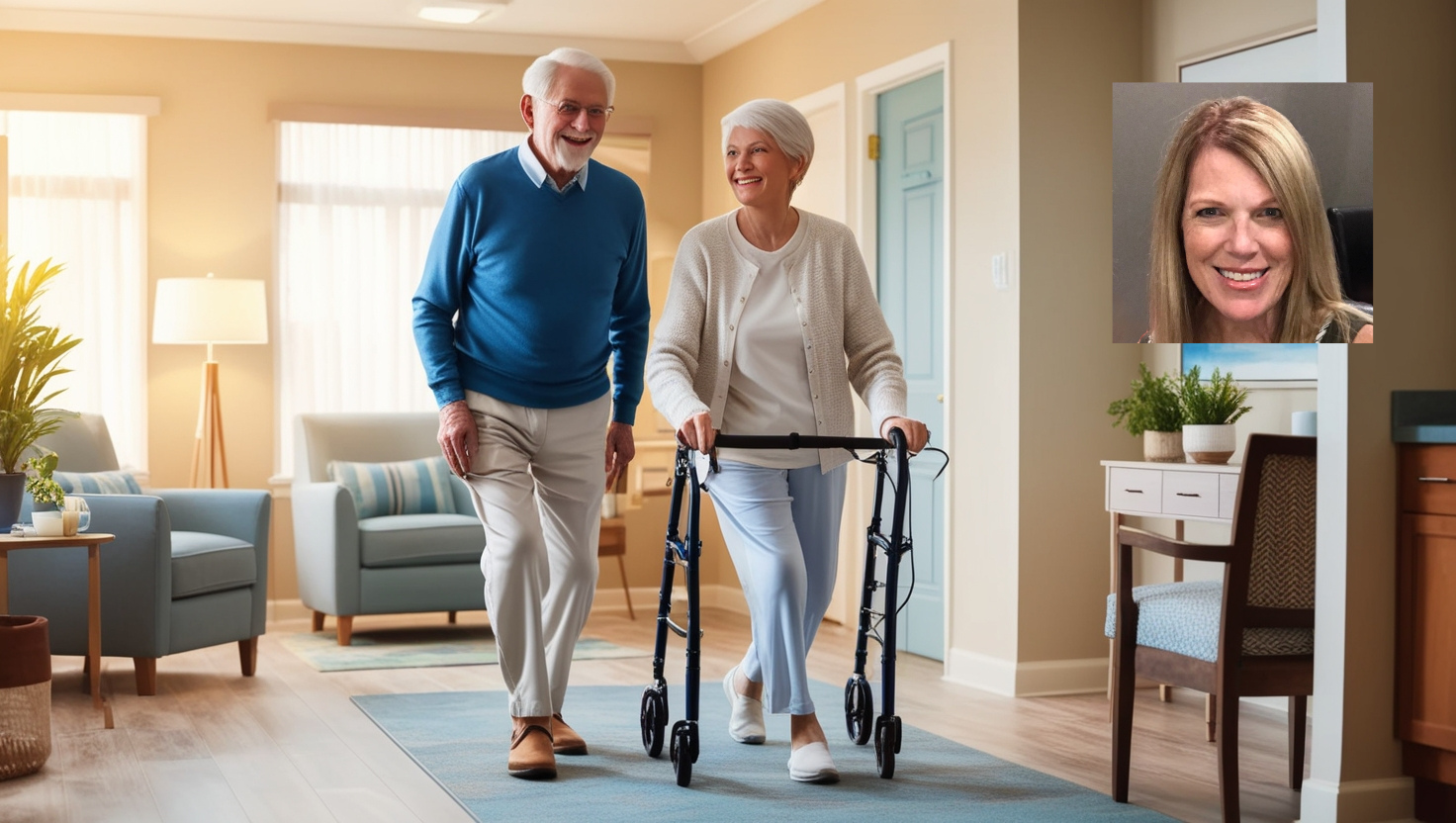
As a registered nurse, former home health care nurse, and co-owner of AgeWell Home Solutions, I’ve spent years helping seniors maintain their independence and quality of life. Throughout my career, I’ve witnessed firsthand the challenges and risks that older adults face while trying to stay in their beloved home safely, also known as aging in place. Today, I am sharing some insights on the importance of home safety for seniors and offer a few tips to help you or your loved ones stay safe and comfortable at home.
The Risks of an Unsafe Home Environment
As we age, our bodies undergo changes that can affect our mobility, balance, vision, and sensory perception. These changes can make everyday tasks more challenging and increase the risk of accidents, particularly in an unsafe home environment. Some common hazards include:
• Loose rugs or carpets that can cause trips and falls
• Poor lighting that makes it difficult to navigate safely
• Clutter or obstacles that block pathways
• Stairs without proper railings or support
• Bathrooms without grab bars or non-slip surfaces
Falls are one of the most significant risks for seniors, often leading to serious injuries, hospitalization, and a decreased quality of life. By identifying and addressing these hazards proactively, we can greatly reduce the risk of accidents and help seniors maintain their independence.
Simple Home Modifications for Increased Safety
Fortunately, many home safety issues can be addressed through simple modifications and adaptations. Here are some examples:
1. Install grab bars in the bathroom: Placing grab bars near the toilet, shower, and bathtub can provide support and stability, reducing the risk of falls.
2. Improve lighting: Ensure that all areas of the home, especially stairways and hallways, have adequate lighting to help seniors navigate safely.
3. Remove tripping hazards: Secure or remove loose rugs, repair uneven flooring, and keep pathways clear of clutter and obstacles.
4. Add stairway support: Install sturdy handrails on both sides of the stairs, and consider a stairlift if mobility becomes a significant challenge.
5. Rearrange furniture: Create clear, wide pathways throughout the home, and ensure that furniture is stable and easy to navigate around.
The Importance of Regular Safety Assessments
Drawing from my experience as a home health care nurse, I always recommend regular safety assessments to identify potential hazards and ensure that the home environment remains safe and supportive. This is especially important as seniors’ needs and abilities change over time. By working with a professional, such as an occupational therapist or certified aging-in-place specialist, you can develop a personalized plan to address any safety concerns and make the necessary modifications.
Staying Safe and Independent at Home
Aging in place is a goal for many seniors, and by prioritizing home safety, we can help make this goal a reality. Through a combination of awareness, simple modifications, and regular assessments, seniors can maintain their independence, reduce the risk of accidents, and enjoy a higher quality of life in the comfort of their own homes.
Keep in mind that small changes can make a big difference in ensuring a safe and comfortable home environment for you or your loved ones. By taking proactive steps to address potential hazards, you can have peace of mind knowing that you’re doing everything possible to support safe and successful aging in place.
Simple Changes for a Safer, More Comfortable Home
From Bad to Worse: How Improperly Installed Grab Bars Can Increase the Risk of Falls
